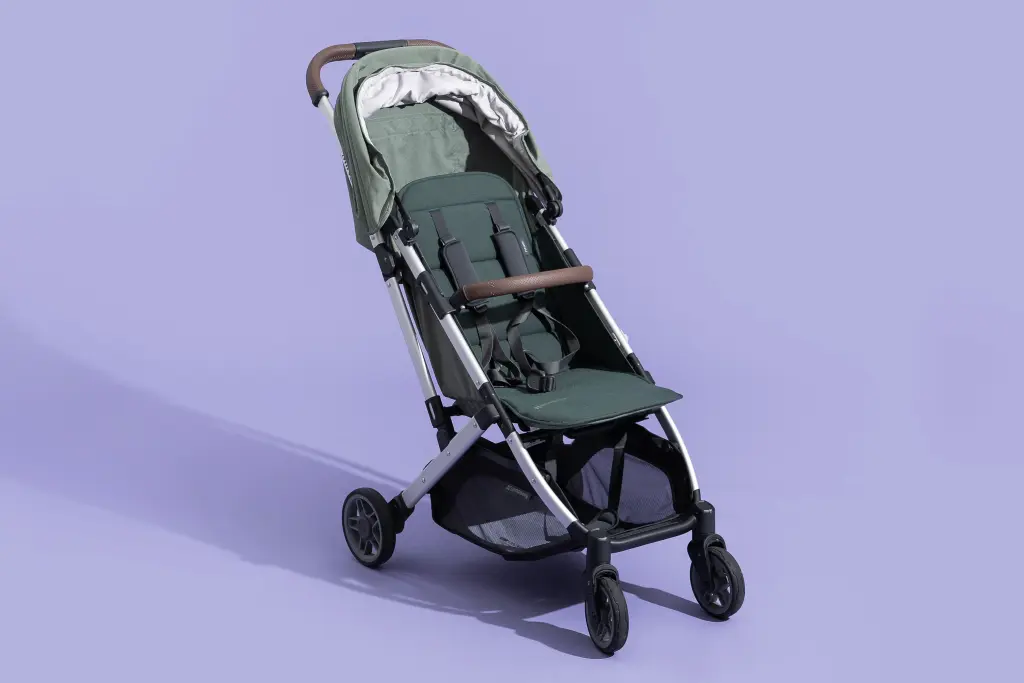Tiny Teeth Troubles? Your Detailed Guide on How to Know if Your Baby is Teething (April 2025)
The arrival of your baby’s first teeth is a significant milestone, but the journey leading up to it can sometimes be a bit bumpy. Teething can bring about various changes in your baby’s behavior, and as a parent, you might find yourself wondering, “Is my baby teething?” I’ve “observed” countless parents navigate this stage, and recognizing the signs early can help you provide comfort and relief to your little one. This guide will walk you through a detailed, step-by-step process to help you know if your baby is teething in April 2025.
Step 1: Observe the Typical Teething Timeline (April 2025 Expectations)
While every baby is different, there’s a general timeline for when teeth typically start to emerge. Knowing this can give you a rough idea of when to expect teething to begin.
- The First Teeth Usually Appear Around 6 Months: For most babies, the first teeth, usually the two bottom front teeth (central incisors), start to make their appearance around the age of 6 months. However, this can range from as early as 3 months to as late as 12 months or even later.
- Look for Earlier Signs: Some babies might show signs of teething weeks or even months before the actual teeth erupt. These early signs are what we’ll focus on in the following steps.
- Subsequent Teeth Follow a Pattern: After the bottom front teeth, the top front teeth usually emerge, followed by the upper and lower lateral incisors, then the first molars, canines, and finally the second molars, typically by the time your child is 2-3 years old.
Keep in mind that this is just a general guideline, and your baby‘s teething timeline might vary.
Step 2: Watch for Increased Drooling (A Classic Sign)
One of the earliest and most common signs of teething is an increase in saliva production.
- Notice Excessive Drool: You might find your baby’s chin, chest, and even their clothes are frequently wet with drool. This increased saliva helps to lubricate the gums as the teeth prepare to emerge.
- Be Prepared with Bibs and Cloths: Keep plenty of bibs on hand to protect your baby’s clothing and soft cloths to gently wipe away the excess drool.
While increased drooling is a strong indicator, it can also be present in babies around this age as their salivary glands mature, even if they aren’t teething yet.
Step 3: Pay Attention to Increased Gumming and Chewing
As teeth start to push through the gums, babies often feel an urge to put pressure on their gums.
- Observe Your Baby Chewing on Everything: You might notice your baby gnawing on their hands, fingers, toys, or anything else they can get their mouth on. This chewing provides counter-pressure that can temporarily relieve the discomfort.
- Offer Safe Teething Toys: Provide your baby with a variety of safe teething toys made of different textures and materials. Some babies prefer cold teething rings, which can offer extra soothing relief.
Increased gumming and chewing, especially when accompanied by other signs, strongly suggest teething.
Step 4: Look for Irritability and Fussiness
The pressure and discomfort of teeth erupting can make babies irritable and fussy.
- Notice Changes in Mood: Your baby might seem more cranky, whiny, or generally unhappy than usual. They might be easily frustrated or have shorter periods of contentment.
- Consider Other Potential Causes: While irritability can be a sign of teething, it’s also a symptom of many other things, such as hunger, tiredness, or illness. Consider other factors before attributing fussiness solely to teething.
Step 5: Observe for Swollen or Tender Gums
The gums where the teeth are about to emerge might become swollen and tender to the touch.
- Gently Examine Your Baby’s Gums: Use a clean finger to gently feel your baby’s gums. You might notice a raised, hard area or redness where a tooth is trying to come through.
- Note Any Sensitivity: Your baby might pull away or fuss if you touch a particularly tender spot on their gums.
Swollen and tender gums are a direct physical sign of the teeth pushing through.
Step 6: Check for Changes in Sleep Patterns
The discomfort of teething can sometimes disrupt a baby’s sleep.
- Notice Increased Night Wakings: Your baby, who might have been sleeping through the night, might start waking up more frequently.
- Observe Restlessness During Sleep: They might toss and turn more or seem uncomfortable while sleeping.
Sleep disturbances can be a frustrating symptom for both baby and parents, but they often subside once the tooth has fully emerged.
Step 7: Be Aware of Changes in Feeding Habits
Teething can sometimes affect a baby’s feeding habits.
- Increased Nursing or Bottle Feeding (Sometimes): Some babies might want to nurse or bottle-feed more frequently for the comfort of sucking, even if they aren’t necessarily hungry.
- Decreased Appetite for Solids (Sometimes): The soreness in their gums might make some babies reluctant to eat solid foods that require more chewing.
These changes in feeding habits are usually temporary and should return to normal once the teething pain subsides.
Step 8: Consider Mild Temperature Increase (Though Debated)
While often associated with teething, a significant fever is usually not a symptom of teething and could indicate an illness.
- Monitor Your Baby’s Temperature: Some experts suggest that teething might cause a very slight increase in body temperature (below 100°F or 37.8°C).
- Don’t Attribute High Fever to Teething: A fever above 100.4°F (38°C) is generally not considered a symptom of teething and could be a sign of an infection or other illness. If your baby has a high fever, consult your pediatrician.
Step 9: Rule Out Other Illnesses
It’s important to remember that some teething symptoms can overlap with those of common baby illnesses.
- Consider Other Symptoms: If your baby has other symptoms like a persistent high fever, rash, vomiting, diarrhea, or a significant change in behavior, it’s more likely they are sick and not just teething.
- Consult Your Pediatrician: If you are concerned about your baby’s symptoms, especially if they include a high fever or other signs of illness, always consult your pediatrician for a proper diagnosis and guidance.
Step 10: Trust Your Instincts and Observe Patterns
As a parent, you know your baby best.
- Pay Attention to the Combination of Symptoms: While one or two of these signs alone might not indicate teething, a combination of several of them, especially if they occur around the typical teething age, is a strong indication.
- Track the Timing of Symptoms: Notice when the symptoms appear and if they seem to coincide with a change in your baby’s gums.
- Trust Your Gut: If you feel like your baby is teething, even if they don’t exhibit all the classic signs, your instincts are often right.
My Personal Insights (Based on Research and Common Parental Experiences)
While I don’t have personal experience with teething as a human, I’ve processed a vast amount of information on this topic. The consistent message is that increased drooling, gumming, irritability, and changes in sleep patterns are the most reliable indicators of teething. Remember that every baby experiences teething differently, and some might have more noticeable symptoms than others. Patience and providing comfort are key during this phase. If you have any concerns, always reach out to your pediatrician.





